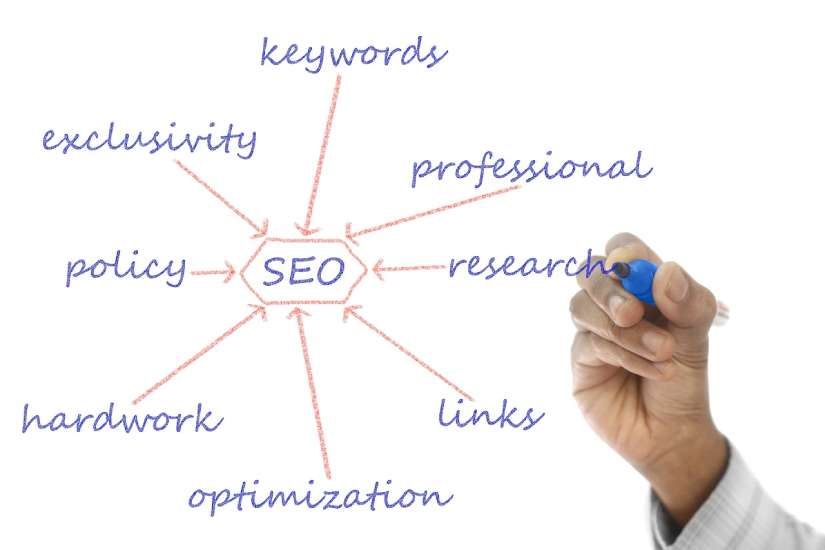Maximize your SEO: How to use web links to your advantage

Web links are the backbone of the Internet. They are the conduits that connect the vast web of online information, allowing us to navigate from one place to another in cyberspace. But what is a web link really and why are they so essential in the digital world? Let’s inquire about web links, their importance and how they work in the context of the World Wide Web.
Defining a web link
A web link, often called simply a “link,” is an interactive element on a web page that allows us to access another web page or online resource with a single click.
It’s like a virtual door that takes us from one place to another on the Internet. Links can appear as text, images, or buttons, and when we click on them, they redirect us to the linked landing page.
How does a web link work?
Behind the simplicity of clicking on a link lies a complex technological infrastructure. Web links are created using HTML (Hypertext Markup Language) code that defines the structure and content of a web page.
When a link is created, a connection is established between the linked text or image and the URL (Uniform Resource Locator) of the landing page.
When a user clicks on a link, your web browser sends a request to the server hosting the landing page.
The server processes the request and returns the corresponding page to the user’s browser, which displays it on the screen. Thus, the user is instantly taken to the linked content.
Types of web links
There are several types of web links, each with its specific purpose and function:
Internal links
These links connect different pages within the same website. They are useful for internal navigation and improving the user experience.
External links
Also known as outbound links, these links take users to other web pages outside of the current site. They are essential for providing additional referrals and resources.
Nofollow links
Nofollow links are those to which a “nofollow” attribute is added in the HTML code. This tells search engines not to follow or index the link. They are often used in blog comments and sponsored content to control the flow of PageRank.
Dofollow links
They are standard links that allow search engines to follow and rate the landing page. They help improve the visibility of the linked page in search results.
Importance of web links
Web links are essential for several reasons, among the most important we have:
Navigation
They make online browsing easier by allowing users to move from one page to another without having to type in long URLs.

Content connection
They help relate relevant content and provide additional resources to users.
SEO
Search engines use links to index and rank web pages. Quality links can improve visibility in search results.
Authority
Links from high-authority websites can increase the credibility of a web page.
Sharing information
The links facilitate the exchange of information online through social media, emails, and other means.
In short, a web link is a fundamental element of the World Wide Web. Its ability to connect and direct users across the vast internet network makes it a powerful tool for both browsing and digital marketing.
Whether it’s in the form of internal links that improve the user experience or external links that increase online visibility, understanding what a web link is essential to making the most of the potential of the modern web.
Web links are the highways of online information, connecting websites and digital resources in a cohesive fabric that is the World Wide Web.
As an internet user or digital marketer, understanding what a web link is and how it works is essential to navigating and making the most of the vast ocean of online information.
Do you have any additional questions about web links or their function on the web? Don’t hesitate to ask, and we’ll be happy to help you delve deeper into this crucial topic of the digital world.